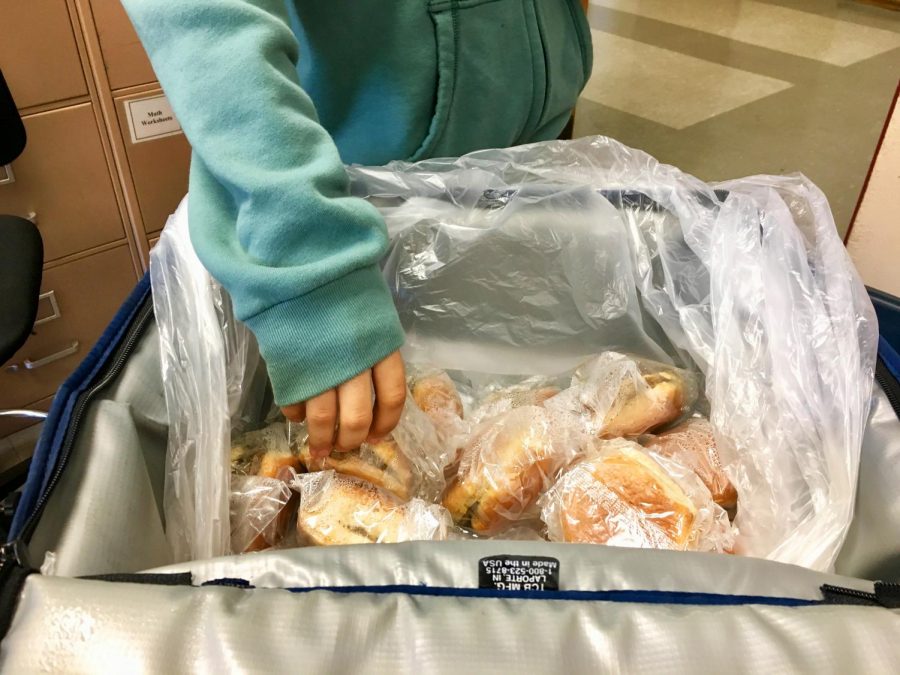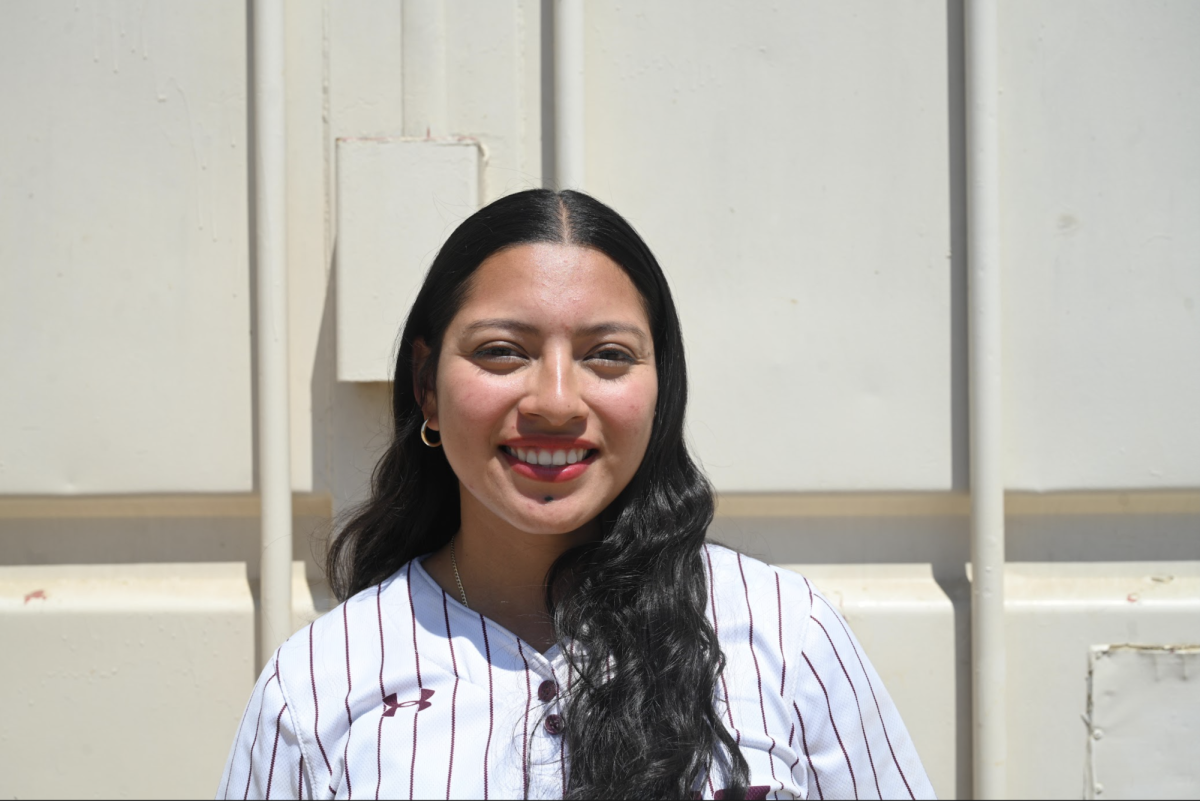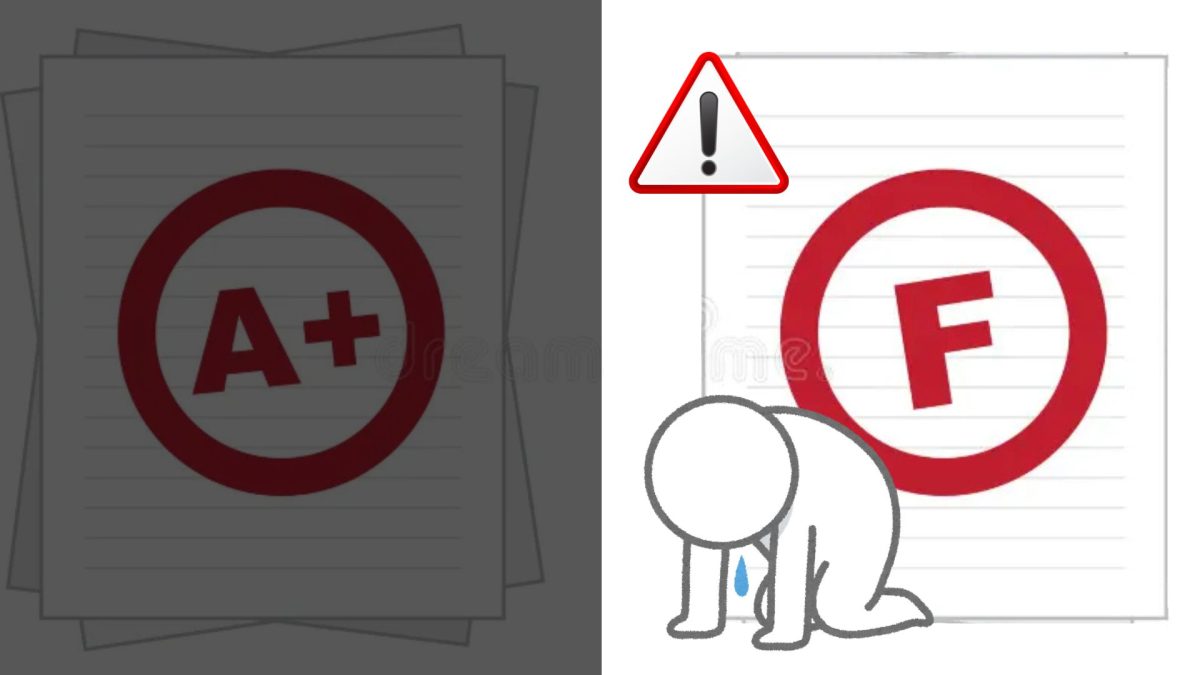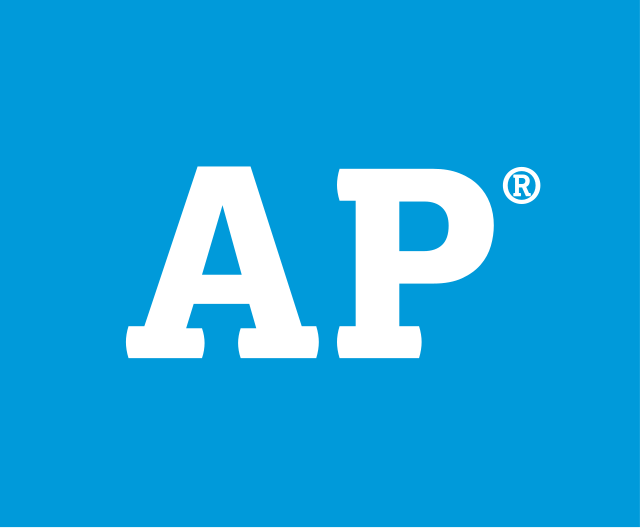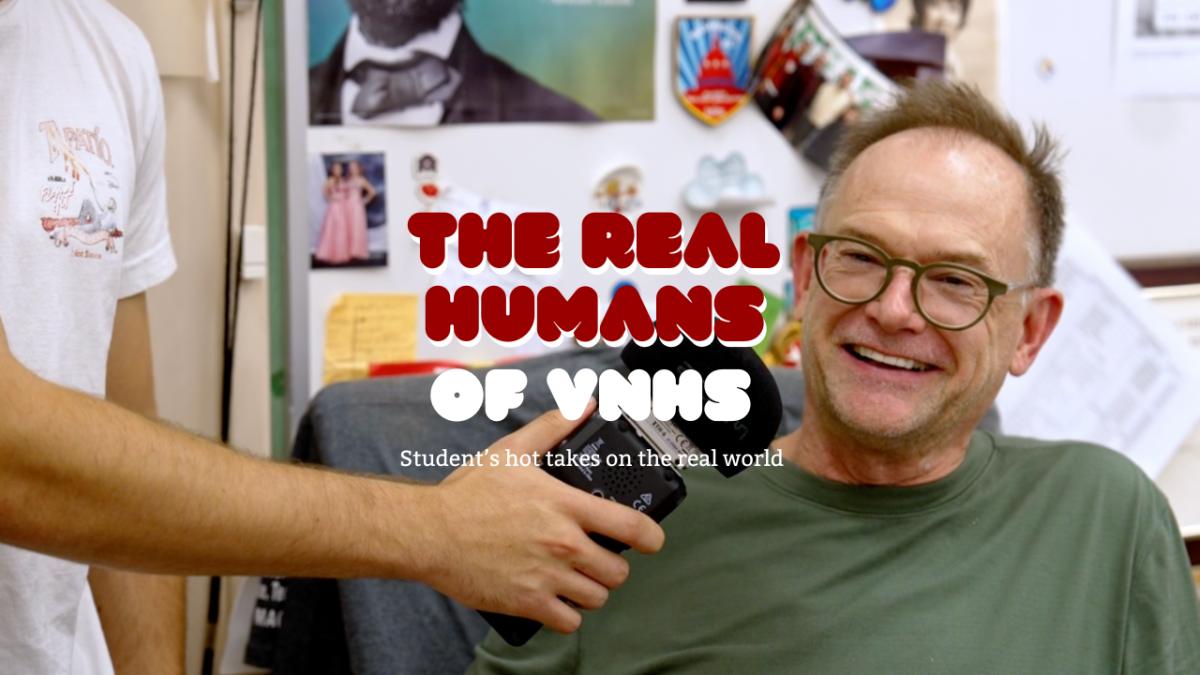BiC Unwrapped
LAUSD’s Breakfast in Classroom (BiC) program is vital to its students and ensures they have a nutritious breakfast.
Oct 26, 2018
Without breakfast, students are often fatigued, lethargic and unprepared for a seven-hour school day.
As a solution, Los Angeles Unified School District (LAUSD) implemented the Breakfast in Classroom (BiC) program. The program offers free breakfast meals that consist of fruit, milk (sometimes juice) and a breakfast item.
The food does not reach students directly through the VNHS cafeteria. It is pre-cooked and sent to the school by the district. The prepackaged meals are reheated in the school cafeterias.
Schools receive food from the district twice a week. It is unknown, however, when exactly the district cooks the food.
The process is designed to accommodate the increasing numbers of hungry students in LAUSD—currently ranked the second largest in the country.
LACK OF VEGAN ITEMS
Though BiC is created for all students, not everyone can take part of the program.
The menu does not offer vegan-friendly items.
Though select items are vegetarian (such as the bean and cheese burrito, french toast, and cereal), none of the items are vegan friendly—except for the fruit.
The milk that is served is not vegan-friendly. Although LAUSD does offer substitutes such as soy, rice, and almond milk, it requires that a form must be submitted to the designated cafeteria manager for access to these items. Few students and parents are aware of these options.
According to VNHS cafeteria manager, Maria Rodriguez, no one has applied for the milk substitutes.
To improve upon this exclusivity, LAUSD is testing a pilot program of vegan friendly menus in select high schools throughout the district.
Part of the campaign advocating for vegan inclusive meals in LAUSD’s menus is 12th grader Bahar Ghandehari.
“I think it’s important to know that a vegan BiC and lunch option would not only provide more options for those who are vegan or vegetarian but also for people with allergies (lactose intolerance), health problems (obesity, heart disease, diabetes) or even religious beliefs,” said Ghandehari.
TASTE AND NUTRITION
LAUSD claims that the meals, planned by nutritionists, are healthy.
But these claims are questionable based on recommended guidelines.
The recommended daily added sugar intake for women is 25 grams and 37.5 grams for men, according to American Heart Association.
Some BiC items contain high levels of sugar.
The infamous coffee cake contains 19.31 grams of sugar per serving and the french toast contains 11.16 grams of sugar. Syrup packets add even more to the total.
These meals, however, comply with the Department of Agriculture’s nutrition standards for school meals.
On the bright side, some of LAUSD’s breakfast items include high amounts of Vitamins A and C, calcium and iron. Milk can give a student up to 500mg of calcium. Some breakfast cereals contain up to 16 mg of iron and 200 mg of calcium. The fruit juices also contain natural sugars.
Though they may offer some nutritional content, not all breakfast meals are favored by students.
Items like the coffee cake, burrito and the hamburgers tend to be student-favorites.
11th grader Mawuli Attipoe, for example, commented on the importance of BiC for students and mentioned some of her favorites like the coffee cake.
She had concerns, however.
“Some are really good but some can be disgusting.” she said, “The french toasts slices are greasy.”
This dissatisfaction may lead to decreased use and increased waste.
If a student chooses not to eat the food provided in BiC, there are alternative food options for sale in the student store and vending machines. Though they can be more tasty, they may not be as nutritious.
The student store sells chips, including Takis and Hot Cheetos. Other items for sale include popsicles, cookies and brownies—items not considered to be nutritious breakfast food.
The vending machines offer food that can be considered more nutritious such as cereal bars. They too, however, offer cookies, chips, and pop tarts—items high in sugar content.
WHAT HAPPENS TO THE LEFTOVERS?
Math teacher Mrs. Amira Saunders think that BiC “is a good thing since more kids are getting to eat breakfast,”
But she continued, “I wish there wasn’t so much food waste but we give it to the parent center so that’s good.”
LAUSD has a food donation program to prevent uneaten food items from being wasted, in which non-profit organizations can apply to receive any excess food. VNHS is a part of this program.
Breakfast ambassadors bring the leftover food from the classroom to either the cafeteria or the parent center, although some teachers keep leftovers in their classrooms from students to access throughout the day.
Leftovers at VNHS are donated to the Seventh Day Adventist Church, as well as nearby Saint Elizabeth Roman Catholic Church.
Empty wrappers, trays, milk cartons and straws students use are supposed to be processed through the district’s Expanded Recycling Program.
Part of this program should handle waste from BiC. Their BiC recycling flyer states that students are responsible for separating trash, which should be placed in a black bag, from recyclable materials which should be placed in a clear bag. The flyer also suggests that milk and juice cartons be emptied in sinks if available.
Van Nuys High does not participate in the recycling program. Most students just dispose BiC trash in the nearest garbage bin.
“We can barely get kids to throw their trash in the trash can,” noted VNHS principal Ms. Yolanda Gardea. “When students learn how to throw their trash can, then we can go to the next step and separate our BiC trash.”
Despite this, Mrs. Gardea commented on the significant improvement of the district-provided meals compared to when she became principal six years ago.
She also pointed out the impressive number of students LAUSD serves
“I think they’re doing a pretty good job considering they’re serving to 650,000 students,” she said. “That’s a huge thing to take on.”
Many of those 650,000 students don’t get to eat breakfast at home due to time constraints.
Some depend on the district-provided meals because of financial limitations.
“78 percent of our entire school qualifies for free or reduced lunch,” Ms. Gardea said. “This can be the only food that they’re having.”


